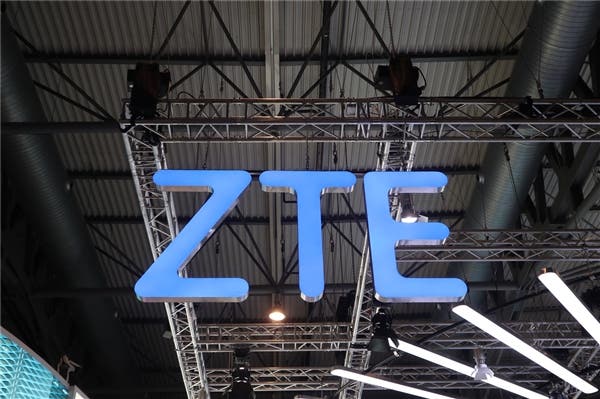While the technology industry is trying to bring 5G up to speed, there are already massive discussions on 6G. Chinese manufacturer, ZTE, recently participated in the second 6G summit to discuss 6G innovative research design ideas and work progress. Due to the impact of the global epidemic, the summit did not hold offline but online. Experts from government agencies, operators, equipment manufacturers, research institutes, universities, and industry organizations participated in the summit through online video.

ZTE’s next-generation wireless communication technology expert Dr. Fang Min made a speech entitled “Endogenous Challenges and Innovation for 6G Services”. Fang Min believes that the commercialization of the 6G network will commence in 2030. 6G will integrate the physical and digital worlds, and new services in the era will put more demanding network performance indicators (KPIs) on 6G networks. KPIs such as 1 Tbps peak data rate, 20 Gbps user data rate, and 100 Gbps / m3 service capacity are not only performance indicators required by 5G networks but also the target requirements for the long-term evolution of 5G to 6G networks. How to design a 6G network structure and enabling technology that meets the requirements of 6G performance indicators and verify its technical feasibility through tests and experiments is exactly the mission and task of ZTE’s 6G research team.
ZTE had its say on 6G at the Second 6G Summit
ZTE’s 6G research team believes that intelligent radio, intelligent coverage, and intelligent evolution will be the basic technical characteristics of the 6G network structure. Three-dimensional connectivity, intelligent MIMO, on-demand topology, on-demand AI, and new visual communication are the basic enablers of 6G networks. To this end, ZTE shared five typical examples of innovative technologies and their application scenarios at the 6G Summit, including enhanced multi-user shared access (eMUSA), intelligent reflective surface antenna array (IRS-MIMO), and wireless architecture based on service structure.
According to ZTE, 2020 – 2023 will be the research window for the 6G network. The company says that it will build on the 3G, 4G, and 5G large-scale commercial network connection technology accumulation, and cooperate with global 6G industry-university-research innovation resources to contribute more and stronger innovative technologies to the long-term evolution of 5G to 6G networks.




